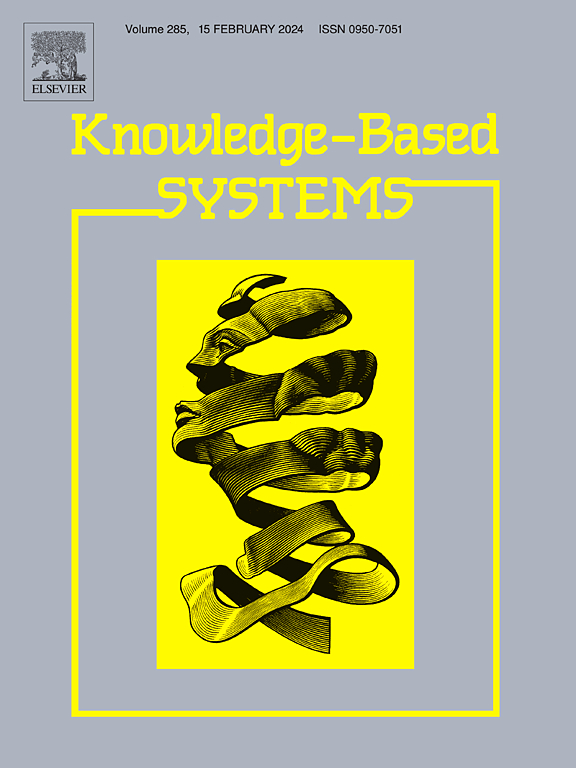MuGIL: A Multi-Graph Interaction Learning Network for Multi-Task Traffic Prediction
IF 7.2
1区 计算机科学
Q1 COMPUTER SCIENCE, ARTIFICIAL INTELLIGENCE
引用次数: 0
Abstract
Recently, multi-task traffic prediction has received increasing attention, as it enables knowledge sharing between heterogeneous variables or regions, thereby improving prediction accuracy while satisfying the prediction requirements of multi-source data in Intelligent Transportation Systems (ITS). However, current studies present two significant challenges. First, they often tend to construct specialized models for a limited set of predictive parameters, which results in a lack of generality. Second, modeling the graph-based multi-task interaction and message passing processes remains difficult due to the heterogeneity of graph structures arising from multi-source traffic data. To address these challenges, this paper proposes a Multi-Graph Interaction Learning Network (MuGIL), characterized by three key innovations: 1) A flexible end-to-end multi-task prediction framework that is generalizable for varied variables or scenarios; 2) A multi-source graph representation module that aligns heterogeneous information through semantic graphs; 3) A novel message passing mechanism for multi-task graph neural networks, which enables effective knowledge among tasks. The model is validated using data from California by comparing it with the state-of-the-art prediction models. The results show that the MuGIL model achieves better prediction performance than these baselines. Ablation experiments further highlight the critical role of the designed multi-source graph representation module and message passing mechanism in the model's success. The MuGIL model we have proposed is now open-sourced at the following link: https://github.com/trafficpre/MuGIL.
MuGIL:用于多任务交通预测的多图交互学习网络
近来,多任务交通预测受到越来越多的关注,因为它可以实现异构变量或区域之间的知识共享,从而提高预测精度,同时满足智能交通系统(ITS)对多源数据的预测要求。然而,目前的研究面临两个重大挑战。首先,它们往往倾向于为有限的一组预测参数构建专门的模型,从而导致缺乏通用性。其次,由于多源交通数据产生的图结构的异质性,基于图的多任务交互和消息传递过程的建模仍然很困难。为应对这些挑战,本文提出了多图交互学习网络(MuGIL),该网络有三个主要创新点:1) 灵活的端到端多任务预测框架,可用于各种变量或场景;2) 多源图表示模块,可通过语义图将异构信息整合在一起;3) 多任务图神经网络的新型消息传递机制,可实现任务间的有效认知。通过与最先进的预测模型进行比较,利用加利福尼亚州的数据对该模型进行了验证。结果表明,MuGIL 模型的预测性能优于这些基准模型。消融实验进一步凸显了所设计的多源图表示模块和消息传递机制在模型成功中的关键作用。我们提出的 MuGIL 模型现已开源,链接如下:https://github.com/trafficpre/MuGIL。
本文章由计算机程序翻译,如有差异,请以英文原文为准。
求助全文
约1分钟内获得全文
求助全文
来源期刊

Knowledge-Based Systems
工程技术-计算机:人工智能
CiteScore
14.80
自引率
12.50%
发文量
1245
审稿时长
7.8 months
期刊介绍:
Knowledge-Based Systems, an international and interdisciplinary journal in artificial intelligence, publishes original, innovative, and creative research results in the field. It focuses on knowledge-based and other artificial intelligence techniques-based systems. The journal aims to support human prediction and decision-making through data science and computation techniques, provide a balanced coverage of theory and practical study, and encourage the development and implementation of knowledge-based intelligence models, methods, systems, and software tools. Applications in business, government, education, engineering, and healthcare are emphasized.
 求助内容:
求助内容: 应助结果提醒方式:
应助结果提醒方式:


